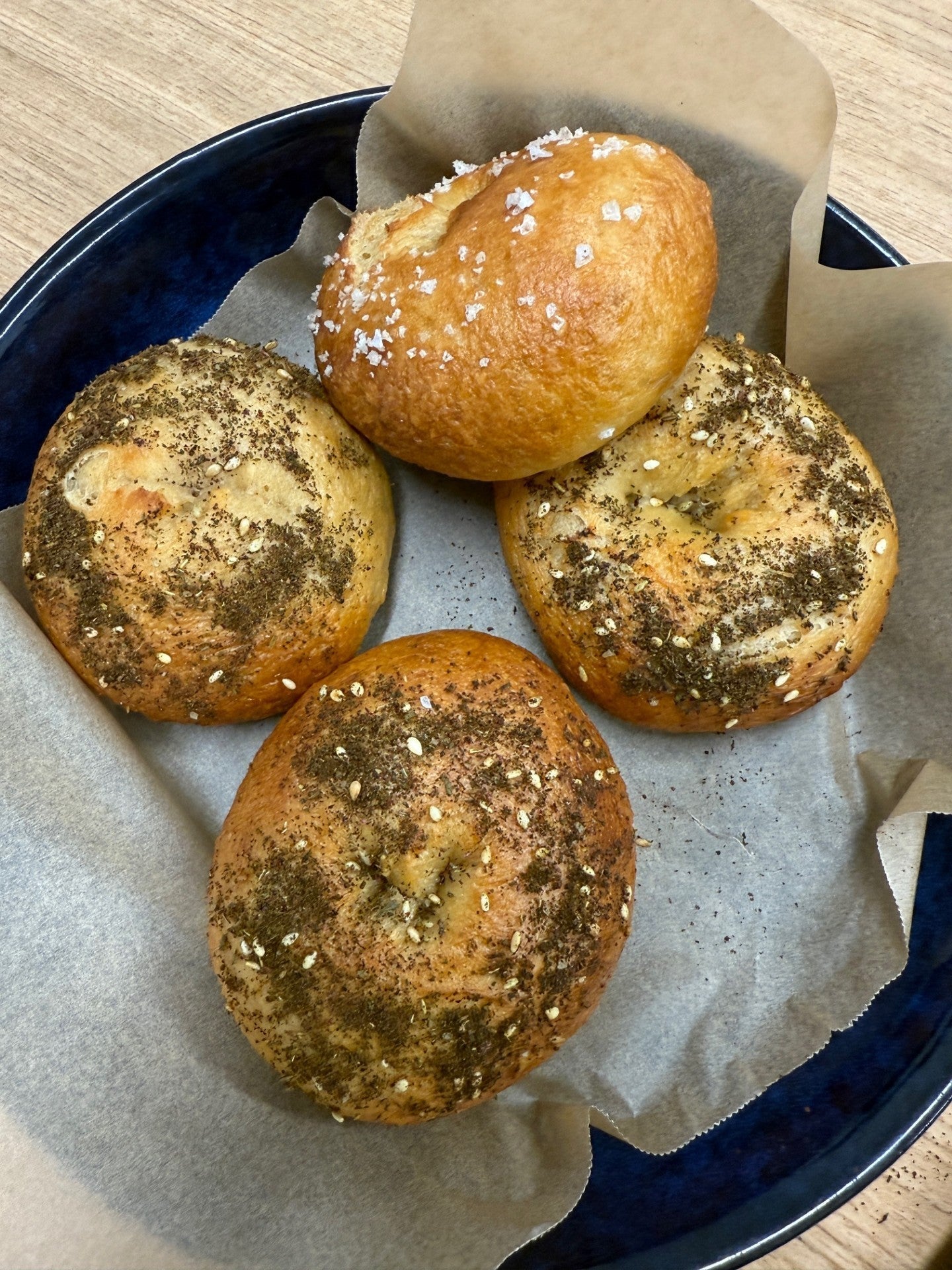We are looking at isolates and high-quality powders you can actually buy in Australia, with notes for future readers in Korea and Japan. Expect fewer hype claims and more practical takeaways.
best plant protein Australia lupin vs soy protein lupin vs pea protein lupin vs whey protein
The Contenders — A Quick Rundown
- Lupin Protein — Aussie-grown, ~90% protein as an isolate, naturally mild taste, gut-friendly and versatile in real food. Strong essential and conditionally essential amino acid profile.
- Soy Protein — High protein %, complete amino acids, but a major allergen and often imported; taste can be bean-like. Some avoid soy for personal or dietary reasons.
- Pea Protein — Solid plant option; slightly low in methionine; can be earthy or gritty and may cause bloating for some.
- Whey Protein — Fast-absorbing, complete amino acids, popular for muscle recovery — but dairy-based (not suitable for many guts) and can trigger digestion issues for sensitive users.
Quick Comparison
| Protein | Protein / 100 g | Leucine (muscle trigger) | Digestibility | Common Allergens | Sustainability Snapshot |
|---|---|---|---|---|---|
| Lupin isolate | ~90% | Leucine ~6.8% of protein | High (~96% for Lupin Gold) | Legume; generally allergen-friendly vs soy/dairy | 🌱🌱🌱🌱 — nitrogen-fixing; WA-grown (grows in sub-par soils |
| Soy isolate | ~90% | Leucine ~6.6% of protein | High | Soy (declared allergen) | 🌱🌱🌱 — efficient crop; sourcing concerns vary by region |
| Pea isolate | ~82–85% | Leucine ~8.2% of protein | Good | Legume; generally low allergen risk | 🌱🌱🌱🌱 — typically lower impact but requires a lot of water; widely grown |
| Whey isolate | ~90% | Leucine ~10.6% of protein | Very high | Dairy (milk proteins/lactose traces) | 🌱🌱 — dairy-linked methane & water intensity |
Percentages are typical ranges for isolates; exact values vary by brand and batch. Always check labels.
Amino Acids & Muscle Building
Muscle protein synthesis (MPS) is sensitive to leucine. A practical target per meal is roughly 2–3 g leucine (context-dependent). The table below shows indicative leucine delivered by a 30 g serve of each powder, adjusted for both protein content and leucine digestibility.
| Protein | Typical protein in powder | Leucine (% of protein) | Digestibility | Leucine per 30 g serve (g) | Effective leucine (g) |
|---|---|---|---|---|---|
| Lupin isolate | ~90% | 6.8% | 0.96 | 1.98 | 1.9 |
| Soy isolate | ~90% | 6.6% | 0.95 | 1.98 | 1.88 |
| Pea isolate | ~82% | 8.2% | 0.92* | 2.27 | 2.0 |
| Whey isolate | ~90% | 10.6% | 0.99 | 2.86 | 3.15 |
Assumes 30 g powder; protein % reflects typical isolates. *Pea digestibility uses pea concentrate leucine SID as a conservative proxy; isolates are similar but can vary by process. “Effective leucine” = leucine per serve × leucine SID x Protein %. Notice: this is based on our own research of isolate values that we can find from reliable sources.
EAA & DIAAS Snapshot (6y+ adults)
| Protein | PDCAAS | First-limiting AA | Note |
|---|---|---|---|
| Whey isolate | ~1.0 | Histidine | High quality; dairy-based |
| Soy isolate | ~1.0 | Sulfur AAs | Complete; declared allergen |
| Pea (conc.) | ~0.82-0.89 | Sulfur AAs | Often blended for balance |
| Lupin isolate | ~0.96 | Sulfur AAs | Human data: high digestibility; strong EAA coverage |
Published PDCAAS values shown for whey, soy isolate and pea concentrate; limited published PDCAAS for lupin isolate. PDCAAS captures the Protein Digestibility Corrected Amino Acid Score.
Quick refresher: what is leucine and why does it matter?
Leucine is a branched-chain amino acid that directly stimulates mTORC1 — a key switch for muscle protein synthesis. Hitting ~2–3 g leucine with your protein feeding helps maximise the post-meal MPS response (the exact target varies by age, training status, and total protein dose).
- Lupin isolate: the benchmark for recovery, naturally robust in EAAs with notable arginine and glutamine; practical serving sizes can support leucine targets alongside real food.
- Soy: complete amino acid profile; performance-worthy but allergenic for some.
- Pea: good BCAAs; pair with methionine-richer foods (e.g., oats, sesame) for completeness.
- Whey: the benchmark for muscle growth — if you tolerate dairy.
Gut Friendliness & Digestibility
Your gut will tell you the truth faster than any label. Many users report bloating with pea blends and some whey concentrates. Soy and dairy are also listed allergens in Australia.
Lupin isolate (like Lupin Gold) undergoes new and patented refined processing to remove unwanted compounds and improve digestibility — landing at around 96% digestibility. That means more of what you pay for actually gets used.
Check this out: soy-free vegan & gut friendly protein
Taste & Mixability
- Lupin isolate: naturally mild, smooth; disappears into smoothies, oats, yoghurt, and bakes without grit or aftertaste.
- Pea: can taste earthy and feel chalky unless heavily flavoured (often with gums/sweeteners).
- Soy: bean-like notes; often masked with flavours.
- Whey: creamy but dairy-forward; not ideal if you’re avoiding lactose or milk proteins.


Sustainability Matters
- Lupin: nitrogen-fixing crop; thrives in Australian (shitty soil) conditions; supports healthier soils, WA farmers and efficient rotations.
- Soy: efficient protein crop overall, but sourcing matters — some regions face land-use concerns (Amazon); check provenance.
- Pea: generally low input requirements; needs a lot of water, widely grown in cooler climates.
- Whey: dairy-linked methane and water intensity; a by-product of cheese making but still part of the broader dairy footprint.
The Verdict — Which One’s the Real MVP?
Lupin isolate is the best all-rounder for most people: strong muscle support when dosed well, gut-friendly, neutral taste, excellent sustainability story, and versatile in both shakes and real food. Whey still edges it for muscle growth if you tolerate dairy — but many do not. Soy and pea have clear merits, yet also the trade-offs we’ve covered.
Ready to Switch?
- ✓ Soy-free, gluten-free, dairy-free
- ✓ 90% protein isolate
- ✓ 96% digestibility; smooth & subtle taste
- ✓ Works in smoothies, oats, yoghurt, and baking (1:1 flour swap)
Shop Lupin Gold — high-protein vegan powder
More reading: lupin protein benefits • plant protein without bloating
What is the difference between an isolate and a concentrate?
Isolates are filtered further to remove more non-protein components, yielding a higher protein percentage (often ~85–90%+) and typically a smoother mix. Concentrates retain more carbs/fats and can vary in digestibility and mouthfeel.
Disclaimer: This article is for general information only and reflects our own research and understanding at the time of writing. We are not scientists, and information may evolve. It is not individual medical advice — please speak with your healthcare professional for personalised guidance.




